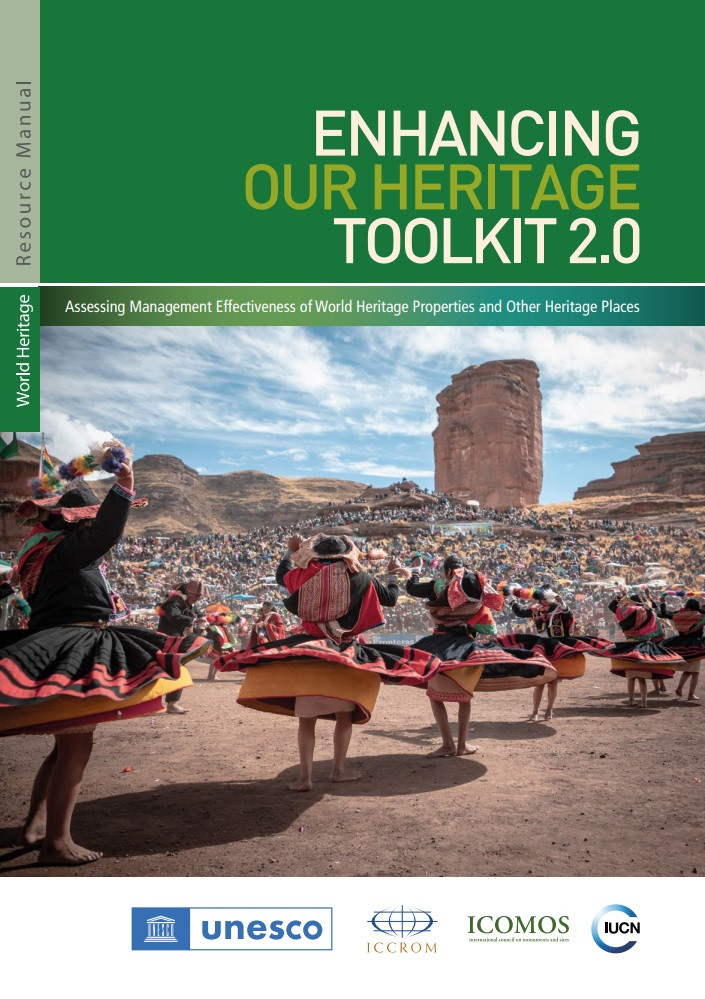
GCED Basic Search Form
Quick Search
You are here
Resources

<Short summary>
EoH 2.0 toolkit helps assess management effectiveness in World Heritage places
World Heritage properties are internationally recognized as places of Outstanding Universal Value that should benefit from the highest level of management effectiveness. Despite the best efforts to conserve these places for present and future generations, many are under threat from a range of factors. These include inappropriate development, mass tourism, pollution, resource extraction or climate change, to name but a few.
What can be done to better respond to factors negatively affecting World Heritage places? Do management processes influence conservation results? If so, how can critical management weaknesses be identified and improved?
The Enhancing Our Heritage Toolkit 2.0 offers a self-assessment methodology to evaluate management effectiveness in a World Heritage property or other heritage place. It contains 12 tools that can be used separately or collectively to understand in detail what is working well and what can be done better. To facilitate their use, the tools are accompanied by worksheets, in the form of either a template to help compile information in a systematic way or a questionnaire, both of which can be adapted to the specific needs of each heritage place.
The Toolkit supports managers in identifying ways to improve conservation practices, management processes and resource allocation – particularly if used before reviewing or updating management plans. While there is a focus on World Heritage, it can be applied to all heritage places, whether natural, cultural or combinations of both.
